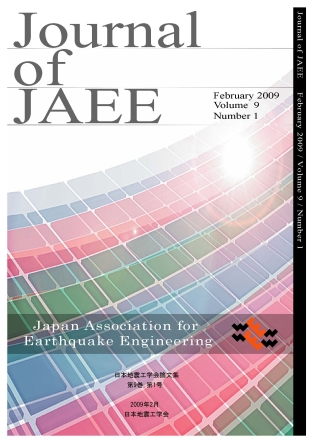Volume 18, Issue 5
Displaying 1-10 of 10 articles from this issue
- |<
- <
- 1
- >
- >|
Technical Papers
-
2018Volume 18Issue 5 Pages 5_1-5_11
Published: 2018
Released on J-STAGE: November 30, 2018
Download PDF (3488K) -
2018Volume 18Issue 5 Pages 5_12-5_32
Published: 2018
Released on J-STAGE: November 30, 2018
Download PDF (14431K) -
2018Volume 18Issue 5 Pages 5_33-5_56
Published: 2018
Released on J-STAGE: November 30, 2018
Download PDF (10342K) -
2018Volume 18Issue 5 Pages 5_57-5_77
Published: 2018
Released on J-STAGE: November 30, 2018
Download PDF (6266K) -
2018Volume 18Issue 5 Pages 5_78-5_87
Published: 2018
Released on J-STAGE: November 30, 2018
Download PDF (1787K) -
2018Volume 18Issue 5 Pages 5_88-5_107
Published: 2018
Released on J-STAGE: November 30, 2018
Download PDF (4814K)
Technical Reports
-
2018Volume 18Issue 5 Pages 5_108-5_120
Published: 2018
Released on J-STAGE: November 30, 2018
Download PDF (3202K) -
2018Volume 18Issue 5 Pages 5_121-5_153
Published: 2018
Released on J-STAGE: November 30, 2018
Download PDF (8299K) -
2018Volume 18Issue 5 Pages 5_154-5_190
Published: 2018
Released on J-STAGE: November 30, 2018
Download PDF (9760K)
Technical Notes
-
2018Volume 18Issue 5 Pages 5_191-5_196
Published: 2018
Released on J-STAGE: November 30, 2018
Download PDF (7382K)
- |<
- <
- 1
- >
- >|
